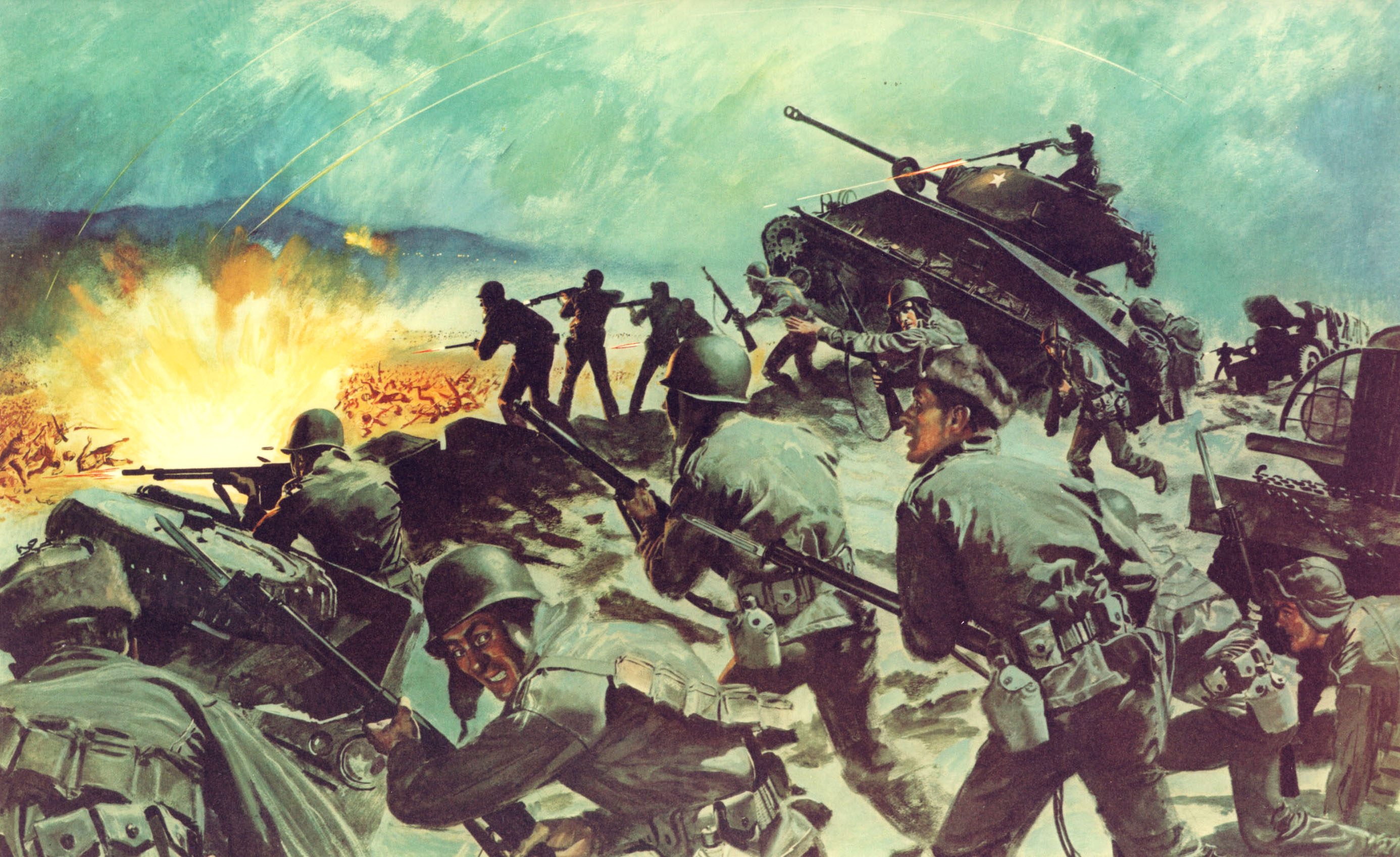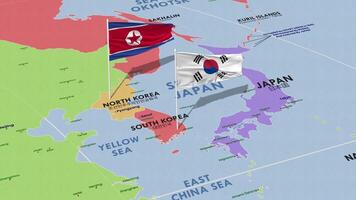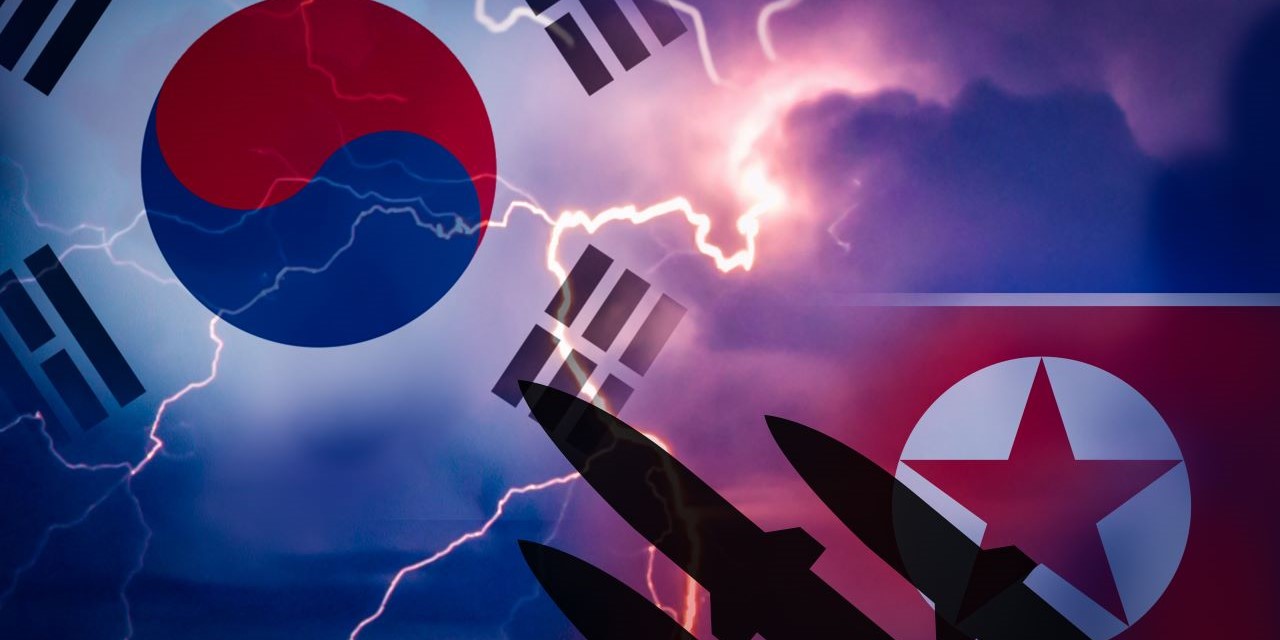For over seven decades, the Korean Peninsula has been one of the world's most volatile flashpoints, shaped by ideological divides, political posturing, and recurring tensions between the North and South. Despite diplomatic efforts to bridge the gap, the relationship between North and South Korea remains fragile, often marked by dangerous escalations that ripple across the region and beyond.
Historical Context and the Origins of Division
The division of Korea traces back to the end of World War II in 1945, when the peninsula was liberated from Japanese rule. The United States and the Soviet Union, allies during the war but now entering the Cold War era, agreed to divide Korea along the 38th parallel. This division soon became ideological as the North, backed by the Soviet Union, adopted a communist regime under Kim Il-sung, while the South, supported by the United States, established a democratic government.
In 1950, these tensions erupted into the Korean War, a devastating three-year conflict that ended in an armistice rather than a peace treaty, leaving the two Koreas technically at war to this day. The demilitarized zone (DMZ) that separates the two countries stands as a stark symbol of this unresolved conflict, with barbed wire, landmines, and heavily fortified positions stretching across the border.
Recent Flashpoints and Escalations
In recent years, the relationship between North and South Korea has continued to oscillate between cautious diplomacy and outright hostility. North Korea, under Kim Jong-un's leadership, has accelerated its nuclear weapons and missile programs, citing the need for self-defense against perceived threats from South Korea and the United States. Missile launches have become a regular feature of North Korea’s strategic playbook, often met with global condemnation and more sanctions.
One significant flashpoint occurred in 2010 when North Korea launched an artillery attack on South Korea's Yeonpyeong Island, killing four people. In the same year, a South Korean warship was sunk in the Yellow Sea, an incident blamed on North Korean torpedoes. These events sparked a renewed military response from South Korea, leading to a tense standoff.
Most recently, North Korea’s missile launches over the Sea of Japan and increased rhetoric around nuclear readiness have raised alarm, leading South Korea and the United States to enhance joint military exercises. For North Korea, these drills are seen as rehearsals for invasion, prompting a cycle of provocation and response that keeps the peninsula on edge.
Diplomatic Efforts and Stalemates
Over the years, numerous attempts have been made to de-escalate tensions and promote peace on the peninsula. In 2000, the first Inter-Korean summit was held, followed by subsequent meetings in the mid-2000s and then in 2018, where Kim Jong-un and South Korean President Moon Jae-in made historic pledges towards peace and denuclearization. However, these agreements have largely failed to translate into sustained change, with North Korea accusing the South of aligning too closely with the U.S. and failing to lift sanctions.
Efforts by the United States, including direct talks between Kim Jong-un and former U.S. President Donald Trump, initially raised hopes of a breakthrough. Yet, disagreements over the terms of denuclearization and the lifting of sanctions stalled the progress, leading North Korea to resume its weapons testing.
The Humanitarian Dimension
Beyond military posturing, the human toll of the North-South divide is profound. Families separated by the DMZ have only limited opportunities to reunite, and the humanitarian crisis in North Korea remains severe, with reports of food shortages, limited healthcare, and strict government control over daily life.
South Korea has long sought to provide humanitarian aid, yet such initiatives often face political barriers, especially when tensions rise. North Korea's strict control over foreign interaction also complicates efforts, with the government prioritizing regime security over external assistance. This humanitarian challenge underlines the broader tragedy of the Korean Peninsula: a divided people suffering the consequences of a geopolitical struggle beyond their control.
The Future of the Korean Peninsula
As North and South Korea continue to navigate a precarious relationship, the international community remains concerned about the potential for escalation. For South Korea, the stakes are high; maintaining national security without provoking an arms race is a delicate balance. North Korea, meanwhile, remains focused on building its military capabilities as leverage against perceived threats.
In recent years, some analysts have suggested that an incremental approach, focusing on building trust through smaller economic or humanitarian initiatives, may offer a path forward. Others argue that only a major shift in international policy, potentially involving concessions from both the U.S. and North Korea, could break the current cycle.
The Korean Peninsula stands as a testament to the enduring impact of Cold War politics and the challenges of reconciliation in a divided nation. As North and South Korea face off across a fortified border, the world watches, hoping for peace but bracing for the possibility of conflict. In a region where history has shaped and scarred generations, the quest for a lasting solution remains as urgent—and as complex—as ever.

.jpeg)


Photos are collected from respective sources